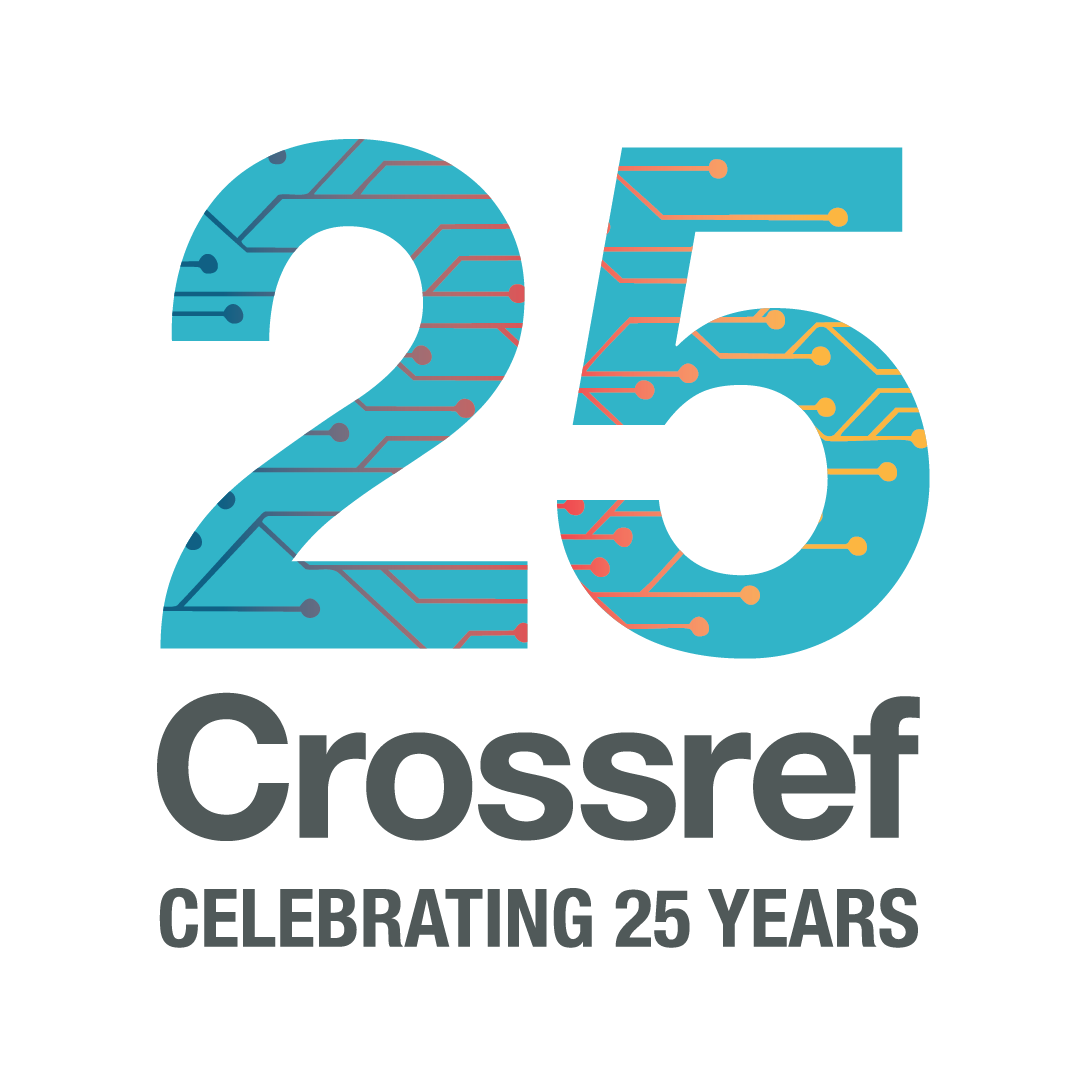4 minute read.Enhancing repository integration with Crossref
Repositories are home to a wide range of scholarly content; they often archive theses, dissertations, preprints, datasets, and other valuable outputs. These records are an important part of the research ecosystem and should be connected to the broader scholarly record. But to truly serve their purpose, repository records need to be connected to each other, to the broader research ecosystem, and to the people behind the research. Metadata is what makes that possible. Enhancing metadata is a way to tell a fuller, more accurate story of research. It helps surface relationships between works, people, funders, and institutions, and allows us as a community to build and use a more connected, more useful network of knowledge - what Crossref calls the ‘Research Nexus’.
The challenge many repositories face is that metadata can be incomplete, inconsistent, or disconnected. Think of references without DOIs, authors without ORCID iDs, or research outputs that aren’t linked to funding. To address this, Crossref provides a range of services that repositories can use to improve the quality and interoperability of their metadata. Our REST API, which is openly and publicly accessible, allows repositories to retrieve structured metadata, such as DOIs, references, abstracts, contributors, ORCID iDs, and funder information, that can be used to enrich and update their local records. For repository members, with the Cited-by service and reference linking, repositories can also show how works are being cited and interconnect related content. The Grant Linking System (GLS) enables the clear indication of which research outputs are linked to specific grants, and funding bodies themselves are connected using Open Funder Registry and ROR, adding another layer of context. With Crossmark, repositories can flag updates, corrections, or retractions to ensure transparency and trust in the scholarly content they host.
Enriching repository metadata using Crossref is a practical and empowering step toward making your records more discoverable, complete, and connected. The process is simple, and you don’t need to be a developer to get started. Repositories can query the Crossref REST API using a DOI or basic metadata like a title or author name, and receive structured, reliable information. This can include full author lists, ORCID iDs, reference lists, funding data, and licensing terms. You can then match and merge this data into your repository records. Adding Crossref DOIs to your metadata enables persistent linking, helping users trace research outputs back to their stewards. It also helps create rich relationships between articles, datasets, software, grants, and other research objects. All of this supports the FAIR principles and contributes to a more connected and reusable scholarly record. And because Crossref’s infrastructure is open, any repository can access and use this metadata to improve the quality, visibility, and long-term value of their collections.
- Query the REST API using DOIs or basic metadata (visit our API learning hub to learn how to use the Crossref API)
- Retrieve structured metadata like authors, ORCID iDs, funders, affiliations, ROR IDs, licenses, grants, and references
- Map and merge with your local records
- Display persistent links to all kinds of research objects using Crossref DOIs
- Support FAIR by including open, structured, and complete metadata
Across the repository community, several institutions are already integrating Crossref metadata in meaningful ways to enrich their records and improve discoverability. DSpace users can enrich their deposits by using the platform’s “Live Import” feature, which allows them to pull in Crossref metadata, such as titles, authors, and DOIs, directly into items during the submission process. A deeper integration between DSpace and Crossref is currently in development. HAL in France uses the Crossref API to complete and standardise references, making its content more consistent and connected (hal.archives-ouvertes.fr). SciELO, a key open access platform in Latin America, leverages Crossref DOI links and citation metadata to strengthen the visibility of its journals (scielo.org). In Canada, the University of Saskatchewan’s eCommons repository queries the Crossref API to enhance metadata accuracy and link records to the broader scholarly graph (ecommons.usask.ca). The Apollo repository at the University of Cambridge uses Crossref to connect theses and articles to their published versions, creating a clearer picture of research outcomes (repository.cam.ac.uk). Zenodo, hosted by CERN, draws on Crossref metadata to link deposited datasets and software with related publications, supporting transparency and reuse (zenodo.org).
These examples show how even modest integrations with Crossref can lead to substantial gains in metadata quality, interoperability, and global discoverability. Altogether, these activities and organisations are enhancing the Research Nexus, enriching a scholarly graph for the benefit of all.
Want to learn more? You can explore the presentation slides (PDF) from Open Repositories 2025, which cover the Crossref API and its capabilities, how repositories can use it to query and enrich metadata, the benefits for repository managers, researchers, and funders, as well as recent updates to our metadata schema.






